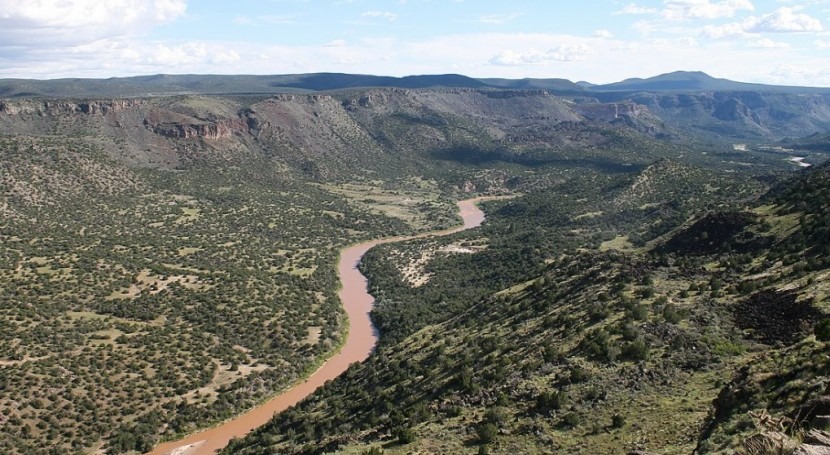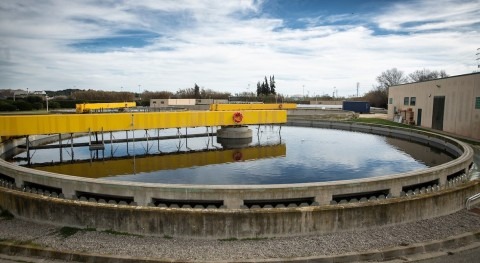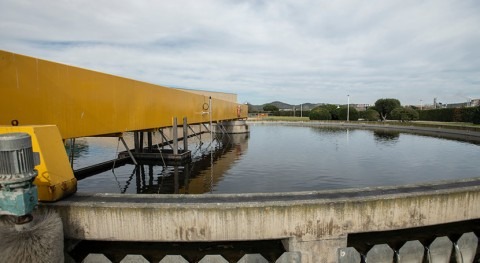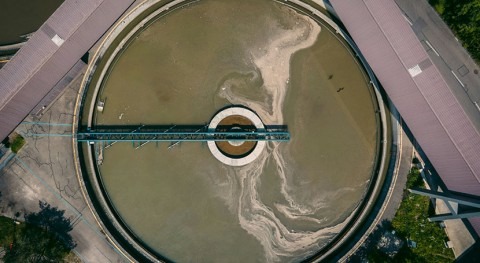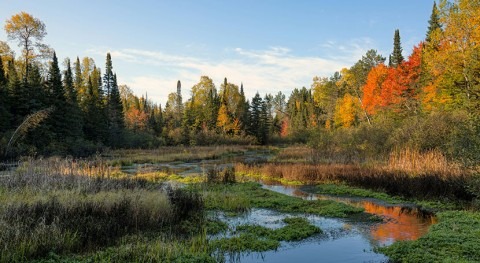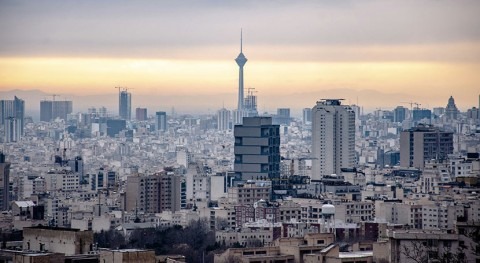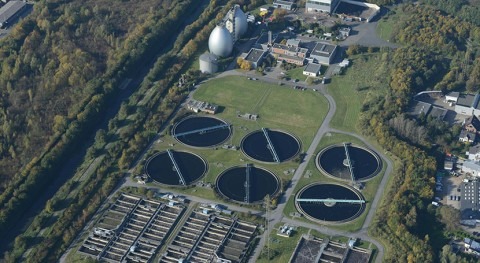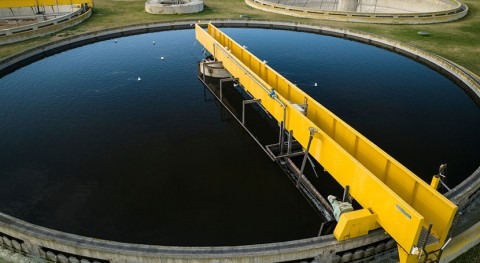A transboundary river of more than 3,000 km long and the fifth largest river in North America, the Rio Grande is suffering the impact of climate change and over-allocation of water resources throughout its basin. At Las Cruces, in southern New Mexico, the river is only expected to flow from June through July in 2021, informs The Guardian.
The Rio Grande, known as the Rio Bravo in Mexico, rises in southern Colorado and crosses New Mexico as it flows south, before forming the natural border between Texas and several states in Mexico, until it ends in a small delta in the Gulf of Mexico. It is subject to a wide range of environmental and socioeconomic stresses. Water resources in the basin are neither equitably nor sustainably used, and the river’s ability to support human and ecosystem water demands is at risk. A heavily modified river, several dams impound the water of the Rio Grande along its course.
Water flow in the Rio Grande was always variable, with high flows in the spring and summer, and lower flows in the winter. But the river began to dry up regularly due to agricultural development. Water regulation projects were built to control where and when the water would flow. In New Mexico, a system of water rights allocates water nowadays starting with the oldest rights, those of farmers and ranchers who first settled in the state. The agriculture and processing sector makes up some 2.4% of the GDP of New Mexico, and uses about 75% of the state’s surface and groundwater.
At Las Cruces, the river used to have a flow during the irrigation season from February to October, but in 2020 it was limited to the period from March to September. Now water levels are so low at upstream dams, that the Elephant Bute Irrigation District, in charge of them, estimated the river will flow only in June and July this year.
A major tributary, the Rio Conchos, Mexico’s longest river, flows into the Rio Grande south of New Mexico – above the sister cities of Presidio in the U.S. state of Texas and Ojinaga in the Mexican state of Chihuahua – and restores the flow of water, supplying water for the segment of the river that forms the border between the U.S. and Mexico.
Las Cruces is located in the Chihuahuan Desert, considered the most diverse deserts in the Western Hemisphere and one of the most diverse arid regions in the world, but also one of the most endangered. Unique flora and fauna that adapted over millions of years to the river’s cycle are now struggling. Climate change is exacerbating water shortages in the Rio Grande basin, and might be the trigger to realise that the status quo is no longer the way to go.


